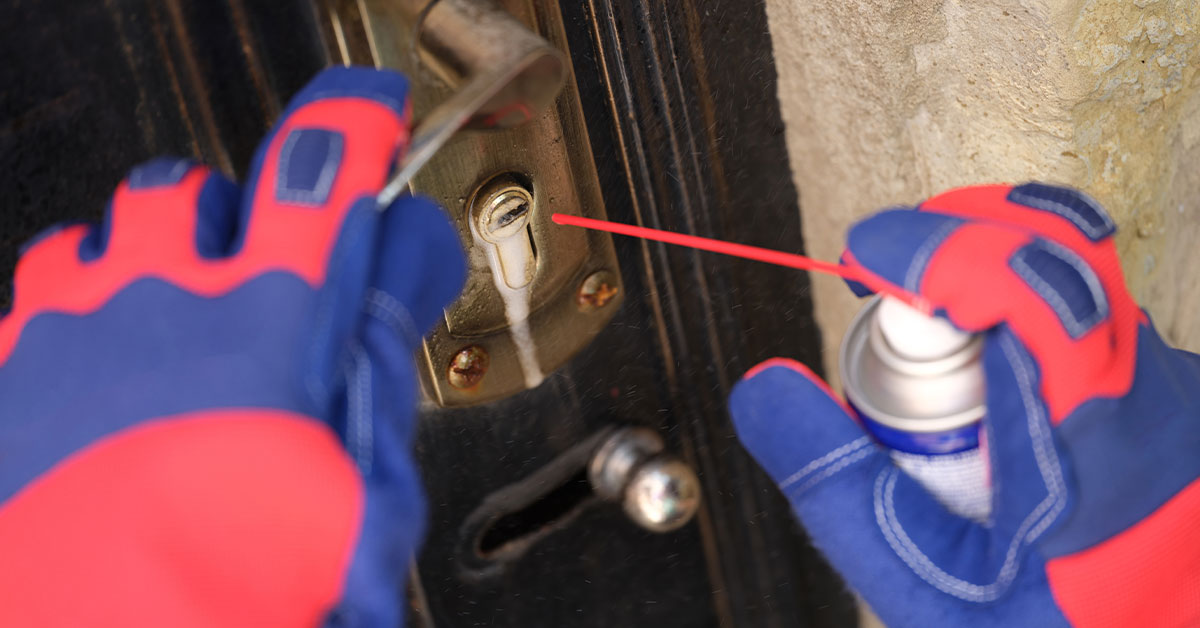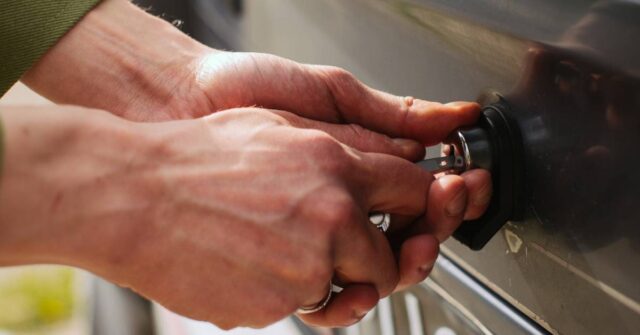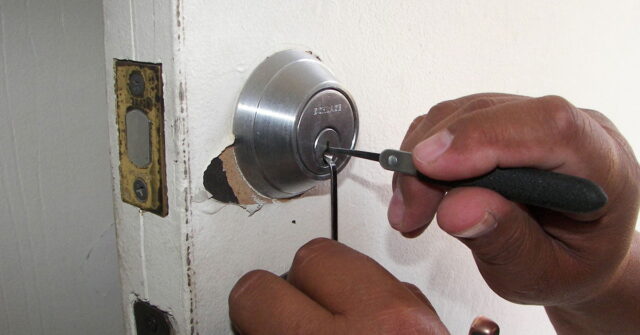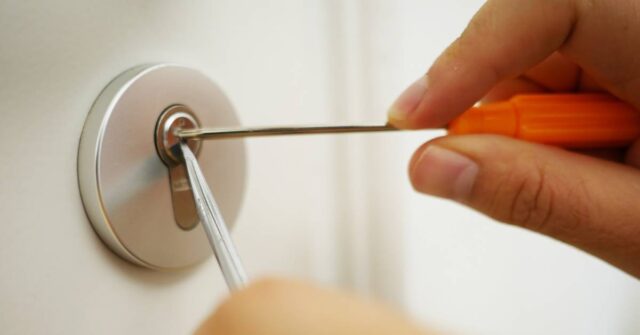Welcome to our comprehensive guide on lock lubrication, tailored specifically for Australian households.
Proper maintenance of your locks not only ensures smooth operation but also extends their lifespan, saving you time and money in the long run.
Introduction to Lock Maintenance
Lock maintenance is often overlooked in regular home care routines.
However, in a country like Australia, where weather conditions vary significantly, maintaining your locks is crucial for ensuring security and functionality.
The Importance of Lubricating Your Locks
Lubricating your locks is essential for preventing rust and wear, especially in the varied Australian climate, which can range from humid coastlines to dry interiors.
Regular lubrication keeps your locks functioning smoothly and efficiently.
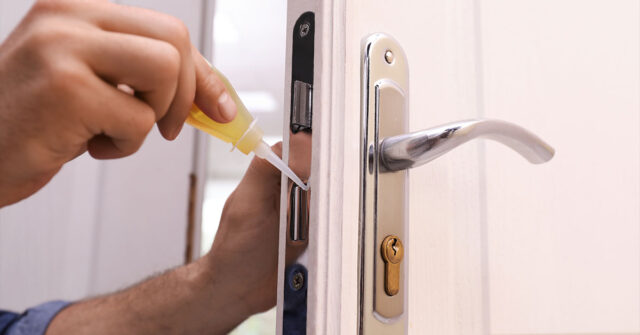
Common Lock Issues in Australian Climates
In Australia, locks are often exposed to harsh elements like salt air in coastal areas and dust in inland regions, leading to common issues such as sticking, corrosion, and difficulty in turning keys.
Choosing the Right Lubricant
Selecting the appropriate lubricant is crucial for effective maintenance. The right product can make a significant difference in the performance and longevity of your locks.
Types of Lock Lubricants
Lock lubricants come in various forms, including graphite powder, silicone sprays, and oil-based products. Each has its specific applications and advantages.
Pros and Cons of Different Lubricants
Graphite powder is great for dry conditions but can clump in humidity. Silicone sprays are versatile but may attract dirt. Oil-based lubricants are long-lasting but can attract dust over time.
Recommended Products for Australian Conditions
For Australian homes, silicone-based lubricants are generally recommended due to their versatility and effectiveness in a range of climates.
Preparation Before Lubricating
Proper preparation is key to effective lubrication. Ensuring your locks are clean and ready for lubrication will enhance the effectiveness of the process.
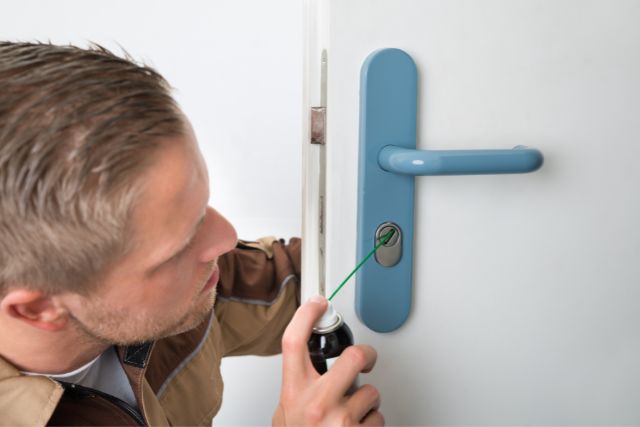
Cleaning Your Locks
Begin by cleaning the lock mechanism with a mild cleaner or alcohol wipe. Remove any dust, dirt, or debris that could hinder the lubricant’s performance.
Tools and Materials Needed
You will need a lubricant, a cleaner, a cloth or paper towel, and possibly a small brush or toothpick for removing debris from tight spaces.
Safety Precautions
When using aerosol sprays, ensure you are in a well-ventilated area. Avoid contact with eyes and skin, and keep these products out of reach of children.
Step-by-Step Guide to Lubricating Your Locks
Lubricating your locks is a straightforward process that can greatly improve their functionality and lifespan. Here’s a step-by-step guide to doing it correctly.
Identifying Lock Type
First, identify your lock type – whether it’s a deadbolt, knob lock, or padlock, as the lubrication approach may vary slightly.
Detailed Instructions for Each Lock Type
For most locks, apply a small amount of lubricant directly into the keyhole and along any moving parts. For deadbolts, lubricate the bolt mechanism as well.
Troubleshooting Common Issues During Lubrication
If the key is hard to turn after lubrication, you may need to reapply or clean out excess lubricant. Ensure that you haven’t over-lubricated, as this can attract more dirt.
Maintenance and Care Post-Lubrication
Regular maintenance after lubrication can significantly extend the life of your locks and ensure ongoing smooth operation.
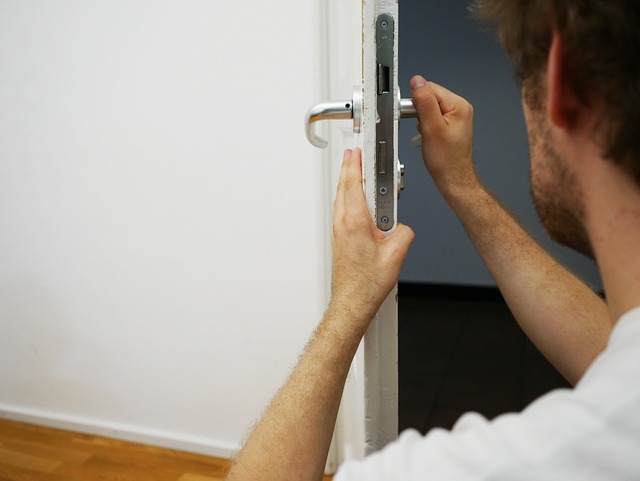
Regular Maintenance Tips
Inspect and lubricate your locks every six months, especially in harsh climates. Keep an eye out for signs of wear or corrosion.
Signs That Your Lock Needs Attention
If your lock becomes stiff, noisy, or difficult to operate, it’s a clear sign that maintenance is needed.
Long-Term Care Strategies
Avoid using excessive force with keys, keep your locks clean from debris and consider periodic professional servicing for high-use or complex locking systems.
Professional Help and Services
While DIY maintenance is effective for basic care, there are times when professional help is necessary.
When to Call a Professional
If you encounter a lock that’s severely jammed, showing signs of internal damage, or if you’re dealing with high-security locks, it’s time to call a professional locksmith.
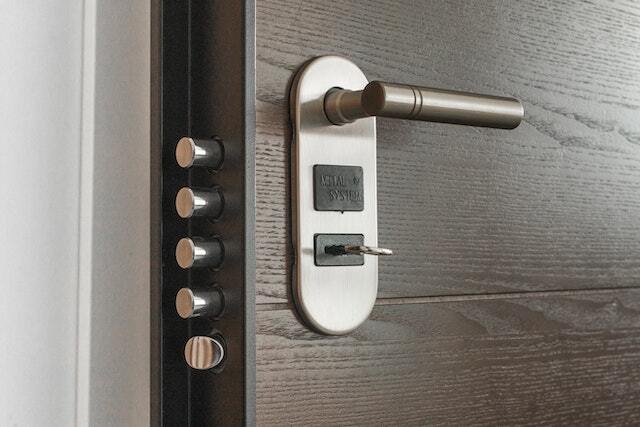
Choosing a Reliable Locksmith in Australia
Look for licensed and experienced locksmiths, preferably with good reviews or recommendations. Ensure they have expertise in dealing with residential lock systems.
Costs and Considerations
While costs vary, it’s important to balance price with quality of service. Remember, investing in good locksmith services can save money on future repairs and replacements.
Conclusion
Lubricating your locks is a simple yet crucial part of home maintenance. By following these steps and tips, you can ensure the security and longevity of your locks, adapting to the unique Australian environment.
Summary of Key Points
Regular lubrication, using the right products, and following proper techniques are essential for lock maintenance.
Remember to clean your locks before lubricating and choose a lubricant suitable for your specific conditions.
Final Tips and Best Practices
Stay proactive with lock maintenance, and don’t hesitate to seek professional help when needed. Regular care will keep your locks functioning smoothly for years to come.

